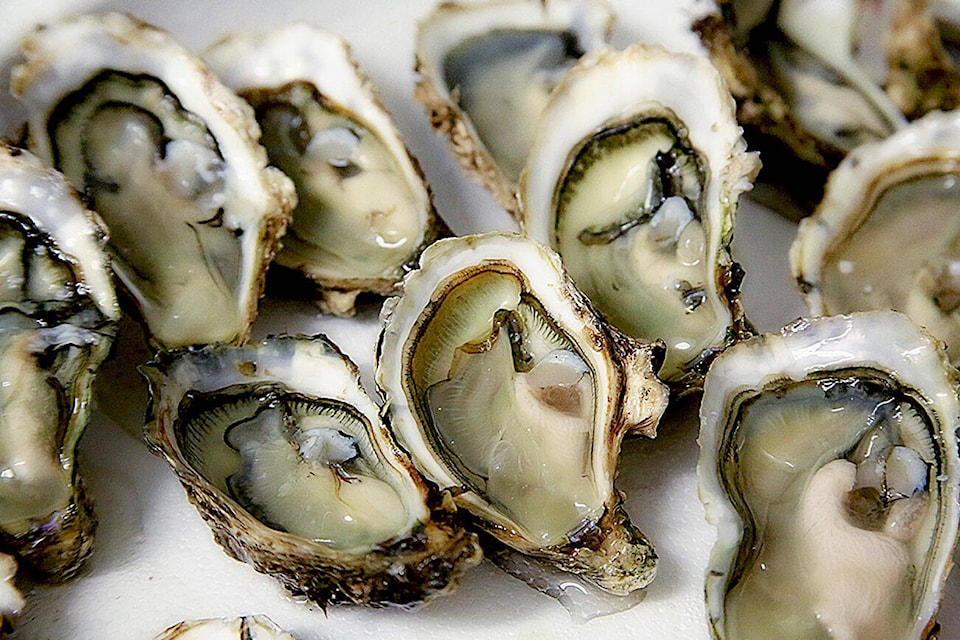If the question of where the fecal matter in the water is coming from is being asked, something has probably gone awry.
But without knowing even what kind of life form excreted the material — human or animal — it is hard to figure out what to fix.
Researchers from the University of British Columbia are teaming up with the B.C. Centre for Disease Control solve this conundrum by developing a way to easily test what kind of excrement is polluting marine environments.
Using these tests to identify whether the feces is animal or human – and if from an animal, identifying what kind – researchers hope to be able to have an easier time locating the sources of contamination.
The project is called the Genomic Ecological Microbial Source Tracking for Oceans, Nature and the Environment, or GEMSTONE, and involves developing new methods using genomic-derived technology to create new testing methods, particularly for use in the shellfish industry.
When fecal pollution is found in waters off of B.C.’s coast it often leads to unfortunate shutdowns for beach-goers, as well as costly ones for shellfish harvesters.
If the fecal matter is from animals, it could be carrying salmonella. But if it’s human fecal matter, it could carry either salmonella or norovirus, which is the bigger cause for concern. Shellfish pump through a large volume of water, so the norovirus and other contaminants can build up.
“If you aren’t closing a shellfish harvest area solely on the whole indicators, it’s possible you’re shutting it down based on bird feces,” said project co-lead Natalie Prystajecky from UBC, in a telephone interview. “And it could be that those bird feces have no risk of norovirus, which is the most dominant challenge to shellfish harvesting.”
Sources of pollution could also be from sewer or farm runoff, discharge from boats or even from marine mammals such as whales.
Some of these things can be easily dealt with, others can’t.
“Marine mammals, they are in the marine environment, and so that is one that’s going to be difficult to mitigate,” Prystajecky said. “But if it turns out that it could be illegal dumping of waste from boats, that is something that can be approached more readily.”
To create this test, Prystajecky said she and her collaborators must collect different kinds of feces from animals and people, to test what types of markers react differently in each.
“We have that fun activity of calling people and asking them for their animal poop,” she said.
They can then use that information to develop a test to apply to water samples.
Researchers are also partnering with the BC Shellfish Growers Association and the Malahat Nation to get some perspective on how to make the test useful for the shellfish industry.
This will ideally improve the safety of an industry that has been roiled by outbreaks of food-borne illness in recent years, including a 2016-2017 norovirus outbreak that sickened 400 people in Canada.
“The real value here is consumer confidence in the industry,” said Suzanne Gill, president of Genome BC, in a news release. Her organization is funding the project through its GeneSolve Program.
READ MORE: PHOTOS: 2-foot long deep sea creature spotted off Victoria shores
